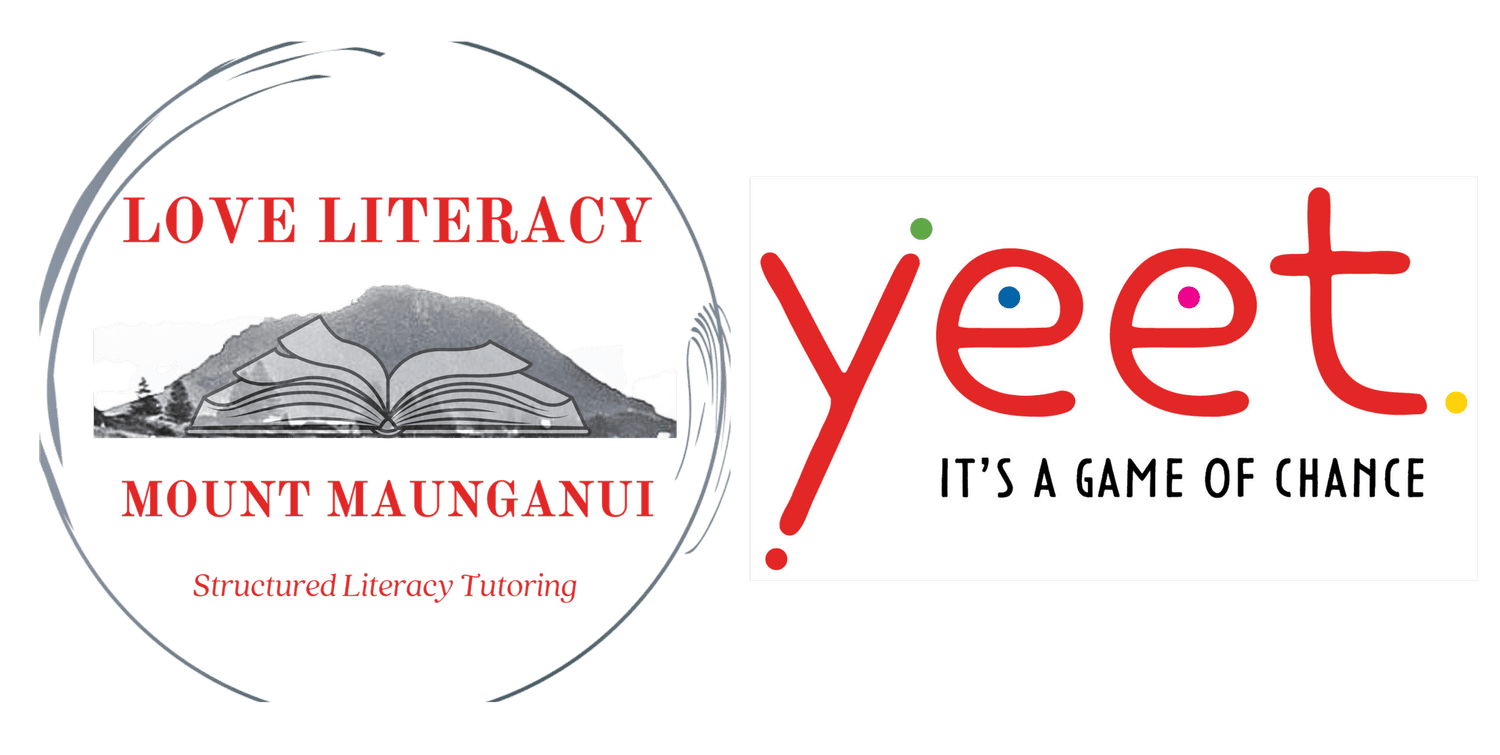Written by Heather Down, 21 July 2025
Over the weekend, I was lucky enough to attend Lyn Stone’s conference, Spelling for Life. This professional development opportunity was aimed at the upper primary year levels. There was a wonderful mix of attendees and I always love making new connections with teachers and tutors around New Zealand.
I first saw Lyn at Sharing Best Practice in Christchurch about two and a half years ago. At the time (and I still do), I loved her no-nonsense approach to literacy and was intrigued by the mix of phonology and morphology that she was talking about. Back then, I was only teaching some morphology rules and was stuck in the phonology cycle of “rinse and repeat” when students hadn’t yet mastered a spelling rule or sound–spelling correspondence. Her keynote speech made sense to me, and I started watching some of her Jim Jam Gang YouTube videos. By the end of the year, I had purchased Spelling for Life, and over the long summer holiday, I read it from cover to cover.
There were quite a few aha moments for me, but like anything, it takes time to filter all that new learning into your lessons. I started slowly by changing the way I taught vowels and the letter y, and moved into a big mixture of print-to-speech and speech-to-print approaches. I used the method of breaking big words into spoken syllables and spelling those syllables. It made so much more sense to them; finding the vowels first, and then, in each section of the word, there was only a choice of five vowels… lightbulb moment!
In August last year, I hurt my back, so instead of running, I jumped onto the exercise cycle. Not being one to waste any of my time and being a pro at multi-tasking (a blessing and a massive curse) I devoured a few weeks of YouTube tutorials by Lyn (As well as Joan Sedita and various others). (I like to listen at 1.5x, it’s just what my brain prefers.)
So when I heard that Lyn would be in NZ, I was very keen to go.
In her course, Lyn covered the following:
- Orthographic mapping
- Rule-breaking words
- The letter y
- Syllables
- Schwa
- Doubling
- Morphemes and spelling
- Tricky words and spelling patterns
We didn’t have time to go through the “four-step process,” but Lyn let us know there’s a free upcoming webinar on the 12th of August with Think Forward Educators. I would highly recommend registering here:
https://thinkforwardeducators.org/events/vocabulary-lyn-stone-s-4-step-process
Here are some notes I jotted down to reflect on further:
- Change to long-term memory happens when you’re actively involved in the learning. (This really resonates with me, as I’ve moved from explaining on a whiteboard to clicking through PowerPoints, and then finally back to the “handy whiteboard and marker.” There’s nothing quite like students seeing you teach the process the same way you expect them to learn it, by writing it down. Daniel Willingham says, “Memory is the residue of thought.”)
- Consider our soundpack card for silent e: a__e. Does this add to cognitive load? Do students need to read this card?
- Self-teaching: The best way to map sounds and spellings is to get kids reading and writing, which links directly to the first point above. If students are writing down what you teach them, it makes sense that it passes to long-term memory faster.
- What kinds of affixes am I teaching? This point is purely for myself, I think it’s important to understand the categories affixes fall into — e.g., derivative, inflectional. This is just to deepen my understanding of what I teach, not to pass on to students.
- Affixes are finite. Keep this in mind when teaching, and why it’s so powerful to explicitly teach them. There are always new words coming along, but affixes are closed.
- Morphology and etymology are the chief drivers of the English language system. Phonology forms the foundational skills.
- Recommendation to watch Doug Harper’s (Etymonline) latest webinar.
Overall, if Lyn is ever back in New Zealand, go and see her! You won’t be disappointed. I know that teachers are inundated with professional development at the moment, and it can be tough to figure out the best way to improve your practice heading forward. Take things in small chunks and work through a little at a time.
To find out more about Lyn visit https://lifelongliteracy.com/
